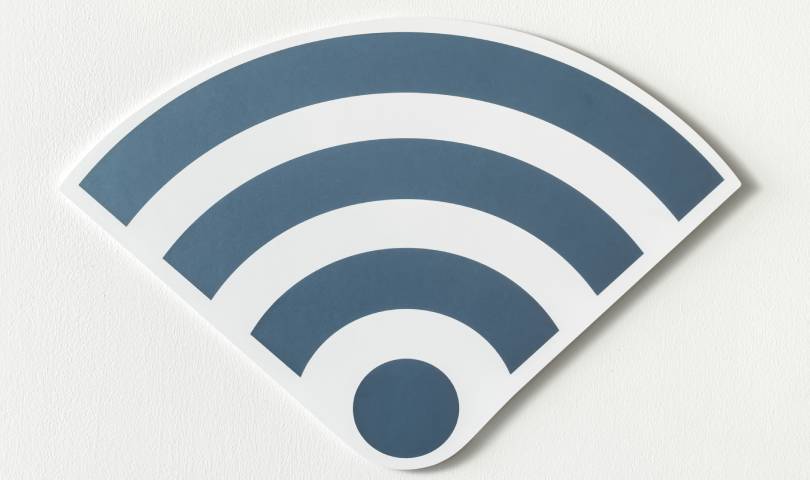What is WiFi? A good question: You can find numerous explanations on the Internet on installing and setting up WLAN or how to solve problems with WLAN. The question of what WLAN is gets lost. We want to change this fact. The following article explains how WiFi works, what it is suitable for, and whether transmission via WiFi is safe.
What is WLAN – Briefly Explained?
WLAN is an abbreviation and stands for Wireless Local Area Network. The keyword is wireless. With WLAN, you can dial into the Internet via a wireless connection with your computer. The reference is made via the so-called WLAN router. In contrast to the “normal” LAN, the router is not connected to the computer with a cable – the connection is via a radio signal. This opens up entirely new possibilities in terms of comfort and mobility. With WiFi, you can go online anywhere in your household or workplace without always having to make sure that a cable is at hand – WiFi is the expected standard for laptops today.
To use WLAN, you need three components (you can find detailed tips on setting up a network in the guide Setting up a network under Windows ):
- Internet line
- WLAN router
- WLAN-enabled computer
You activate the internet line with your internet provider: It ensures that you have access to the data on the Internet at all. To utilize the data stream, you also need a wireless router. This device is the control center between the Internet and your computer (or any other device you use to access the Internet). The WLAN router analyzes and uses the incoming data and then forwards it to your computer. Last but not least, your computer must be WLAN-capable – it needs a WLAN card for this.
- You can get a WLAN router from specialist retailers, but from many Internet providers, e.g., 1 & 1, the router is supplied when the Internet line is activated.
- You don’t have to worry about the WLAN card in practice: all commercially available computers nowadays come with an integrated WLAN card.
- In principle, you only need a dedicated WLAN card if you want to retrofit an older computer model and make it WLAN-capable.
- The WLAN Card is installed in the PCI slot of the computer and is available from specialist retailers for less than 20 euros.
Speed And Range of WiFi
The speed of data transmission depends on the radio standard used.
- The 802.11g standard, which transmits data at up to 54 Mbit / second, was common for a long time.
- The successor standard 802.11n allowed speeds of up to 150 Mbit / second.
- In the meantime, the new WLAN standard 802.11a has been introduced, which even transmits at up to 1300 Mbit / second.
The new standard is intended to ensure better data transmission in densely populated residential areas. Still, the 802.11n radio standard has so far been sufficient for the average DSL connection with 16 Mbit / second. The range is more interesting: As a rule, it is 30 meters, i.e., you can access the Internet via WLAN within a radius of 30 meters (starting from the router). This is sufficient for most households, but if there should be connection problems (e.g., in the attic or the hobby room), you can increase the range with a WiFi repeater.
How Secure Is WiFi?
In short: relatively safe. There will probably never be absolute security, but today’s common encryption standard WPA2 has been considered sufficiently secure for some time.
- If you are using an older wireless router, the old standard WEP may still be present there. It would help if you avoided this standard, as it can be cracked relatively quickly.
- In case of doubt, you can also encrypt with WPA, but the successor WPA2 is even more secure.
- When transmitting sensitive data (e.g., with services such as PayPal ), you should make sure that the connection runs via the SSL encryption protocol.
- Our guide SSL connection errors in Chrome and Co .: Solutions and help will help you if you have problems with them.
- It only becomes even safer if you do without WiFi and access the Internet via cable: Potential data thieves would have to physically tap into your connection.
